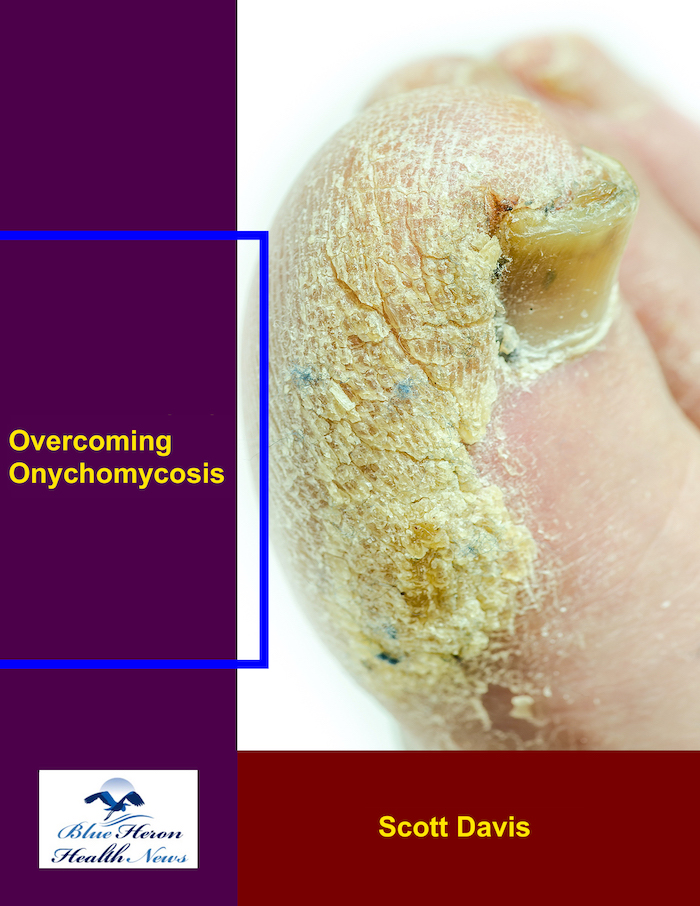
Overcoming Onychomycosis™ By Scott Davis If you want a natural and proven solution for onychomycosis, you should not look beyond Overcoming Onychomycosis. It is easy to follow and safe as well. You will not have to take drugs and chemicals. Yes, you will have to choose healthy foods to treat your nail fungus. You can notice the difference within a few days. Gradually, your nails will look and feel different. Also, you will not experience the same condition again!
How is the duration of antifungal therapy determined?
The duration of antifungal therapy for onychomycosis is determined by several key factors to maximize effectiveness while minimizing risks. Here’s how the treatment length is typically decided:
Factors Determining Duration of Antifungal Therapy
1. Type of Medication
Oral antifungals (like terbinafine or itraconazole) have established treatment durations based on clinical studies.
Topical antifungals generally require much longer courses.
2. Nail Involved
Toenails: Grow slower, so treatment usually lasts longer.
Fingernails: Grow faster, so treatment is typically shorter.
3. Severity and Extent of Infection
Mild infections may require shorter therapy.
More extensive or severe infections need longer treatment to fully eradicate fungi.
4. Nail Growth Rate
Since the infected nail must grow out and be replaced by healthy nail, duration depends on how fast the nail grows.
Toenails take about 12–18 months to fully grow out; fingernails take about 6 months.
5. Response to Treatment
Regular follow-up and monitoring of clinical improvement guide adjustments.
If the infection persists, therapy may be extended or changed.
Typical Duration Guidelines
Medication Type Nail Type Typical Duration
Terbinafine (oral) Fingernails 6 weeks
Terbinafine (oral) Toenails 12 weeks
Itraconazole (oral, continuous) Fingernails 6 weeks
Itraconazole (oral, continuous) Toenails 12 weeks
Itraconazole (oral, pulse therapy) Both 1 week per month for 2–3 months
Topical antifungals Fingernails or Toenails Daily for 6–12 months (or longer)
Summary
Step Description
Identify nail type Toenails need longer therapy than fingernails
Assess infection severity More severe = longer duration
Consider nail growth rates Therapy continues until healthy nail replaces infected nail
Monitor treatment response Adjust duration if infection persists
In brief: The duration of antifungal therapy depends mainly on the type of medication, which nail is infected, severity of infection, and nail growth rate—typically 6 weeks for fingernails and 12 weeks for toenails with oral meds, while topical treatments often require many months of daily use.
Signs of medication intolerance in onychomycosis patients—whether using oral or topical antifungals—reflect how the body reacts adversely or fails to tolerate the treatment. Recognizing these signs early helps prevent complications and allows timely adjustment of therapy.
Common Signs of Medication Intolerance
1. Gastrointestinal Symptoms (mostly with oral antifungals)
Nausea, vomiting
Diarrhea or abdominal discomfort
Loss of appetite
2. Allergic Reactions
Skin rash, itching, or hives
Swelling of face, lips, or throat (rare but serious)
Difficulty breathing (immediate medical attention needed)
3. Local Irritation (mostly with topical antifungals)
Redness, burning, or itching at application site
Dryness or peeling of surrounding skin
Blistering or worsening rash
4. Neurological Symptoms (rare)
Headache, dizziness, or fatigue
Taste disturbances (especially with terbinafine)
5. Liver-Related Symptoms (especially with oral therapy)
Yellowing of skin or eyes (jaundice)
Dark urine, pale stools
Severe fatigue or abdominal pain
When to Contact a Healthcare Provider
Persistent or severe gastrointestinal symptoms
Signs of allergic reaction
Any new or worsening skin reaction at the treatment site
Symptoms suggestive of liver problems
Unusual neurological symptoms
Summary Table
Symptom Category Signs of Intolerance Action Needed
Gastrointestinal Nausea, vomiting, diarrhea Monitor; may need dose adjustment or switch meds
Allergic Reaction Rash, swelling, breathing difficulty Emergency care if severe; stop medication
Local Irritation Redness, itching, blistering Reduce frequency or stop topical; consult doctor
Neurological Headache, dizziness, taste changes Inform healthcare provider
Liver Symptoms Jaundice, dark urine, fatigue Immediate medical evaluation
Would you like help with managing these symptoms or alternative treatment options for onychomycosis?
Overcoming Onychomycosis™ By Scott Davis If you want a natural and proven solution for onychomycosis, you should not look beyond Overcoming Onychomycosis. It is easy to follow and safe as well. You will not have to take drugs and chemicals. Yes, you will have to choose healthy foods to treat your nail fungus. You can notice the difference within a few days. Gradually, your nails will look and feel different. Also, you will not experience